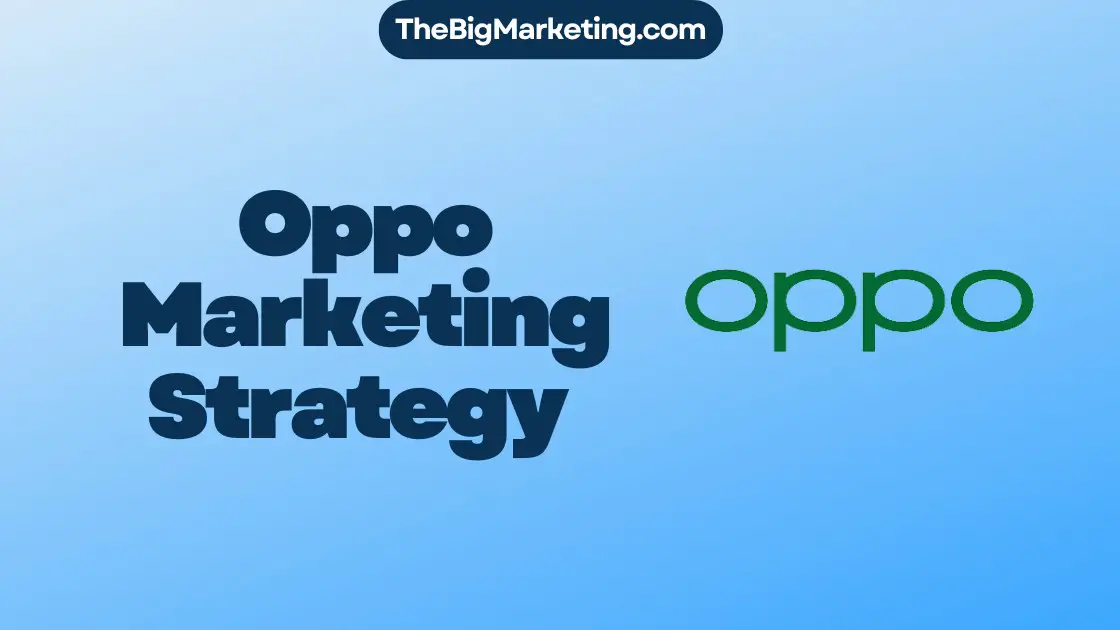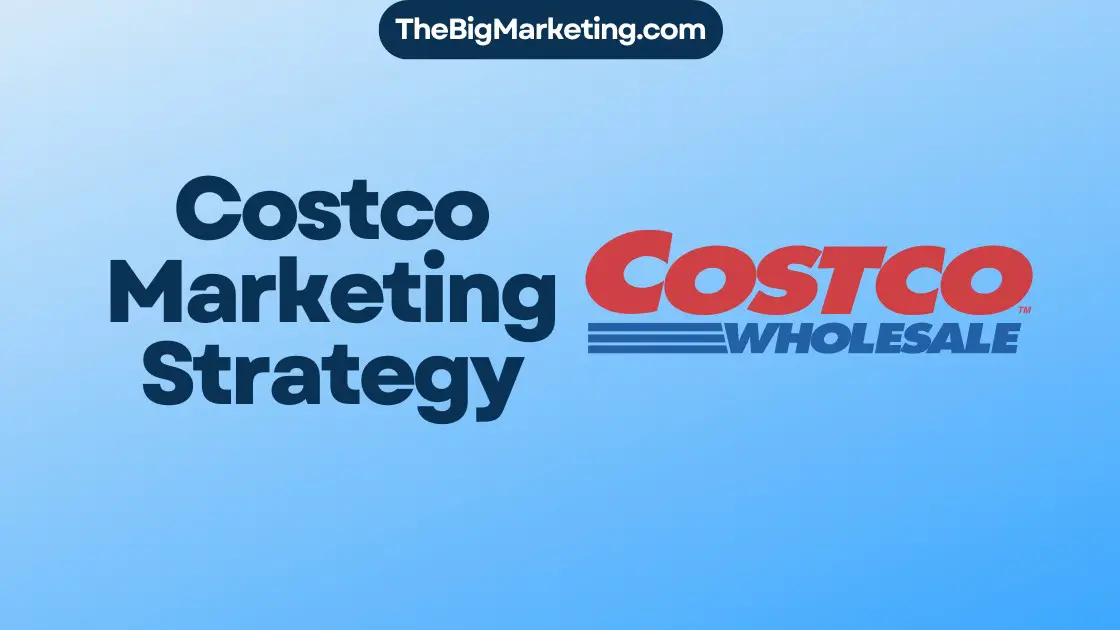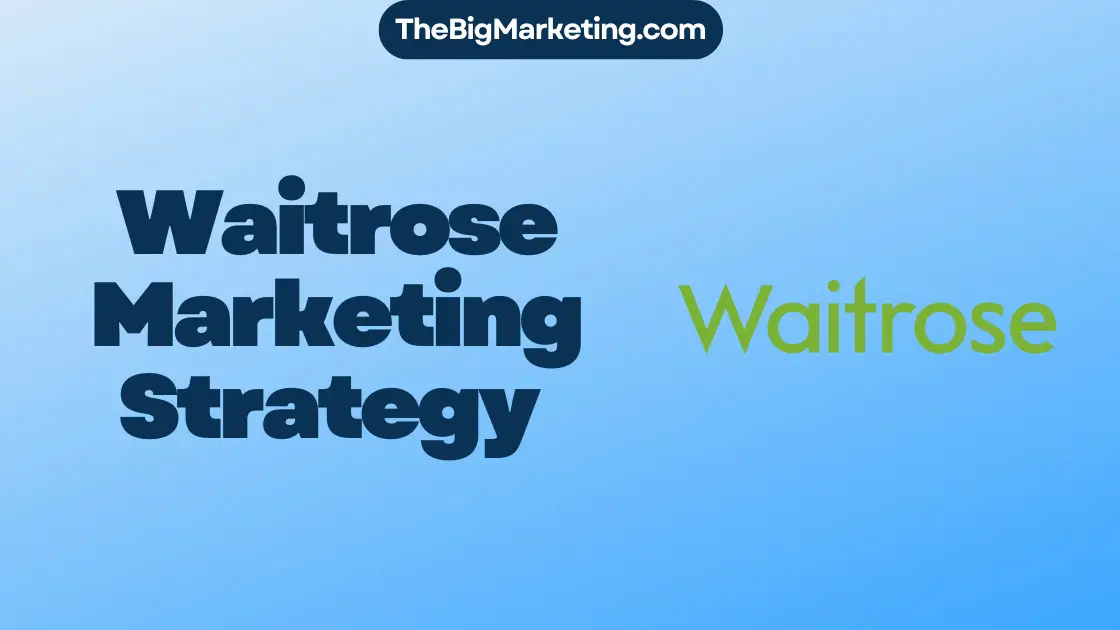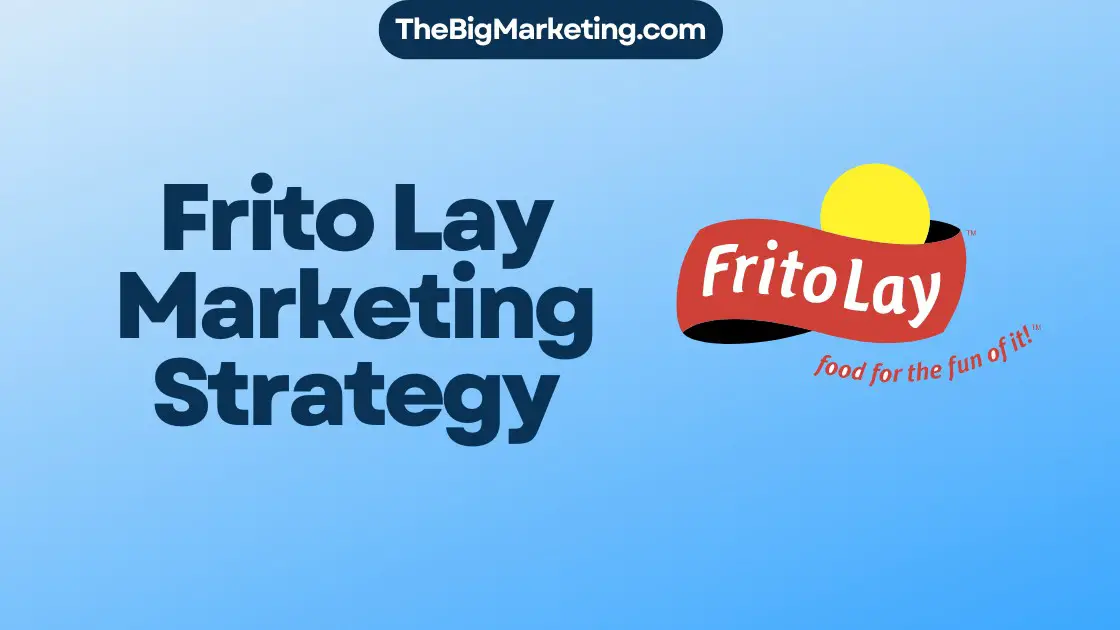The Tata Group, one of India’s oldest and largest industrial groups, has secured a prominent position in the market through its innovative marketing strategies. In this case study, we will delve into the marketing approach of Tata Group, exploring its branding tactics, market positioning, advertising techniques, promotional mix, digital marketing strategies, and competitive marketing tactics.
Key Takeaways:
- Tata Group utilizes a comprehensive marketing mix to enhance its brand image and attract customers.
- Tata Group faces competition from multinational conglomerates in various sectors.
- The company’s marketing strategy focuses on digital marketing and social media presence to engage with the audience.
- Tata Motors, a subsidiary of Tata Group, exemplifies successful branding and customer engagement in the automotive market.
- Digital marketing strategies like SEO, social media marketing, and content marketing play a crucial role in Tata Group’s marketing success.
About Tata Group
The Tata Group, founded in 1868, is the oldest and largest industrial group in India. As a multinational conglomerate, it operates in over 100 countries across 6 continents, making it a truly global company. With its headquarters in Mumbai, Maharashtra, the Tata Group is deeply ingrained in the country’s business landscape and has made significant contributions to India’s GDP.
One of the key factors that sets Tata Group apart is its long-standing brand image and the trust it has garnered from consumers over the years. The company has prioritized improving the standard of living and has become synonymous with reliability and quality across diverse industries.
With a decentralized pattern, the Tata Group grants full autonomy to its 30 companies in various sectors. This approach allows the group to foster innovation and adaptability while maintaining a cohesive brand identity. Each subsidiary operates with a shared commitment to excellence and upholds the group’s core values of integrity, reliability, and customer-centricity.
From steel to consumer goods, automobiles to retail, the Tata Group has established a strong presence in multiple sectors. The company’s unwavering focus on delivering value to customers and society has been instrumental in building a loyal customer base and sustaining its market leadership.
Whether it’s in luxury hotels, coffee chains, or heavy industry, the Tata Group continues to invest in both established businesses and emerging sectors, affirming its commitment to diversification and continuous growth. With a rich history spanning over a century, the Tata Group remains at the forefront of innovation, embracing new technologies and business models to stay relevant in an ever-changing global marketplace.
Marketing Mix of Tata Group
The marketing mix of Tata Group plays a crucial role in its overall marketing strategy. It encompasses various elements, including product strategy, pricing strategy, place and distribution strategy, and promotional and advertising strategies. With a diverse portfolio of 30 companies operating in sectors such as information technology, telecom, steel, automobile, consumer and retail, financial services, and infrastructure, Tata Group utilizes a combination of marketing tactics tailored to each subsidiary.
Product Strategy
Tata Group focuses on offering a wide range of products across different sectors, catering to the varying needs and preferences of its target audience. The group constantly researches and innovates to develop products that are technologically advanced, sustainable, and align with changing market trends. This helps Tata Group maintain its competitive edge and meet customer demands effectively.
Pricing Strategy
Each subsidiary within Tata Group follows its own pricing strategy based on factors such as market competition, production costs, and customer perception. However, Tata Group as a whole emphasizes differential pricing to cater to different segments of the market. This approach allows the group to target diverse customer segments, ranging from budget-conscious individuals to affluent buyers seeking premium offerings.
Place and Distribution Strategy
Tata Group utilizes both traditional and digital distribution channels to ensure widespread availability of its products. The group has a strong network of retail outlets, dealerships, and distribution centers across different regions. Additionally, Tata Group has embraced digital platforms for product distribution, leveraging e-commerce channels and online marketplaces to reach a wider customer base.
Promotional and Advertising Strategies
Tata Group employs various promotional and advertising strategies to create brand awareness and engage with its target audience. The group utilizes a mix of traditional and digital marketing channels to amplify its reach. Through TV commercials, print advertisement, outdoor advertising, and online campaigns, Tata Group effectively communicates the value and benefits of its products to consumers. Furthermore, the group leverages social media platforms, influencer marketing, and content marketing to connect with customers and build a strong online presence.
The marketing mix of Tata Group showcases its effective integration of product strategy, pricing strategy, place and distribution strategy, and promotional and advertising strategies. By adapting and tailoring these elements to its diverse range of companies and sectors, Tata Group maintains its competitive advantage and continues to be a prominent player in the global market.
| Product Strategy | Pricing Strategy | Place and Distribution Strategy | Promotional and Advertising Strategies |
|---|---|---|---|
| Tata Group offers a wide range of technologically advanced and sustainable products. | Tata Group applies differential pricing to cater to different customer segments. | Utilizes a decentralized distribution network comprising retail outlets, dealerships, and digital platforms. | Employs a mix of traditional and digital marketing channels, including TV commercials, print ads, online campaigns, and social media marketing. |
Tata Group Competitors
As a multinational conglomerate, Tata Group faces stiff competition from industry-leading companies in various sectors. Some of its key competitors include:
- Mahindra and Mahindra
- Reliance
- Aditya Birla Group
- Adani Group
These multinational conglomerates present significant challenges to Tata Group’s market presence and growth. They operate across a wide range of industries, including automobiles, telecommunication services, insurance services, power, and IT services.
In the automobile sector, Tata Group competes directly with companies like Maruti Suzuki and Mahindra and Mahindra. In the telecommunication services space, it goes head-to-head with Jio, a subsidiary of Reliance. Furthermore, Tata Group faces competition in the power and IT services sectors from companies such as Reliance Power, Infosys, and IBM.
With multinational conglomerates continuously growing and expanding their operations, Tata Group has to leverage its strengths and adapt its marketing strategies to stay competitive in the industry.
Competitor Comparison
| Competitor | Industries | Market Presence | Key Strengths |
|---|---|---|---|
| Mahindra and Mahindra | Automobiles, Financial Services, Aerospace, Hospitality, Energy, and more | Global | Strong automotive brand, a diversified portfolio of products, innovation |
| Reliance | Telecommunication, Petrochemicals, Energy, Retail, and more | Global | Massive customer base, extensive network infrastructure, digital disruption |
| Aditya Birla Group | Manufacturing, Telecom, Metals, Cement, Chemicals, and more | Global | Wide range of products and services, strong global presence, sustainability initiatives |
| Adani Group | Energy, Ports and Logistics, Agribusiness, Real Estate, and more | Global | Integrated infrastructure business model, diversified operations, focus on renewable energy |
Understanding the competition and their key strengths is crucial for Tata Group to formulate effective marketing strategies and maintain its market position.
Marketing Strategy of Tata Group
Tata Group adopts a comprehensive marketing approach that incorporates various methods and tools to reach a broader audience and enhance brand visibility. The company recognizes the power of influencer marketing and collaborates with content creators to promote its products and services. This strategy allows Tata Group to tap into new markets and engage with potential customers who have a genuine interest in the brand. By leveraging the reach and influence of these influencers, Tata Group effectively expands its customer base and strengthens its market presence.
Digital marketing plays a significant role in Tata Group’s overall marketing strategy. The company utilizes popular online platforms such as Google, YouTube, and social media channels to deliver targeted messages to its audience. Through these channels, Tata Group effectively engages with customers, increases brand awareness, and showcases its products and services in an engaging and interactive manner.
Website design is another crucial aspect of Tata Group’s marketing strategy. The company ensures that its website is user-friendly, visually appealing, and provides a seamless browsing experience for visitors. A well-designed website reflects professionalism and helps build trust with potential customers. Tata Group understands the importance of a strong online presence and invests in creating an intuitive website that accurately represents its brand and offerings.
| Marketing Channels | Benefits |
|---|---|
| Influencer Marketing | Reach new audience and tap into niche markets |
| Digital Marketing | Increase brand awareness and engage with customers |
| Website Design | Enhance user experience and foster trust |
| Social Media Presence | Interact with customers, showcase products, and gather feedback |
Tata Group also places great importance on maintaining a strong presence on social media platforms. By actively engaging with customers on platforms such as Facebook, Instagram, and Twitter, Tata Group not only expands its reach but also builds a community of loyal brand advocates. Through regular updates, interactive content, and prompt customer service, Tata Group establishes itself as a trusted and accessible brand in the social media space.
Successful Marketing Campaigns
Tata Group has a proven track record of launching successful marketing campaigns that have significantly bolstered brand awareness and fostered customer engagement. These campaigns effectively utilize various strategies to create impactful and relatable experiences for the audience.
Flexi Plus Loan Offerings: “Apne Mann ki Karo”
One of Tata Group’s noteworthy marketing campaigns is the “Apne Mann ki Karo” campaign, designed to promote the Flexi Plus Loan Offerings. This innovative campaign leverages humor and relatable situations to engage with the target audience. Through compelling storytelling, the campaign highlights the benefits of the Flexi Plus Loans and appeals to the customer’s aspirations and desires, fostering a strong emotional connection.
Cricket-Themed Digital Campaign for Flexi Plus Loans
Another highly successful marketing campaign by Tata Group revolves around cricket, a sport deeply ingrained in the hearts of millions in India. This digital campaign cleverly captures the nation’s passion for cricket to promote the Flexi Plus Loans. By associating cricket-related themes, visuals, and narratives with the product, Tata Group effectively taps into the audience’s emotional connection with the sport, successfully translating it into brand affinity and customer engagement.
Both these campaigns exemplify Tata Group’s ability to create compelling marketing experiences that resonate with consumers. By utilizing humor, relatability, and emotional appeal, Tata Group successfully increases brand awareness and establishes a strong connection with its target audience.
Tata Group also understands the power of social media marketing in driving brand awareness and customer engagement. By leveraging popular social media platforms such as Facebook, Instagram, and Twitter, Tata Group reaches a wider audience and encourages active participation and dialogue. Through engaging content and interactive campaigns, Tata Group fosters a sense of community and encourages customers to share their experiences, further amplifying brand reach and impact.
Now, let’s take a look at the impact of Tata Group’s successful marketing campaigns:
| Impact of Successful Marketing Campaigns | Keywords |
|---|---|
| Increased brand awareness | brand awareness |
| Enhanced customer engagement | customer engagement |
| Strengthened brand loyalty | brand awareness, customer engagement |
| Expanded customer base | brand awareness |
These impactful marketing campaigns have not only significantly increased brand awareness but also fostered active customer engagement and strengthened brand loyalty. By capturing the attention and interest of their target audience, Tata Group has successfully expanded its customer base and solidified its position in the market.
Tata Motors: A Case Study within Tata Group
Tata Motors, a subsidiary of Tata Group, is renowned for its automobiles and the implementation of innovative marketing strategies. The company’s marketing strategy focuses on branding, customer engagement, and digital marketing. By leveraging various platforms such as social media, search engine optimization, and content marketing, Tata Motors effectively connects with its target audience, setting a benchmark for success in the automotive market.
One of the key elements of Tata Motors’ marketing strategy is branding. The company places great importance on creating a strong and recognizable brand image that resonates with its customers. Through meticulous brand positioning, Tata Motors has established itself as a trusted and reputable automotive brand.
Digital marketing plays a crucial role in Tata Motors’ strategy. The company leverages the power of online platforms to reach a wider audience and increase brand visibility. By utilizing techniques such as search engine optimization (SEO), Tata Motors ensures that its products and services appear prominently in search engine results, driving organic traffic to its website.
Tata Motors also recognizes the value of engaging directly with its customers. The company actively interacts with its audience through social media channels, providing valuable content, addressing queries, and fostering meaningful conversations. This customer engagement not only strengthens brand loyalty but also provides valuable insights for product development and marketing campaigns.
To illustrate the success of Tata Motors’ marketing strategy, let’s examine a recent digital marketing campaign that the company launched. The campaign aimed at showcasing Tata Motors’ latest electric vehicle lineup, emphasizing the company’s commitment to sustainability and technological advancements.
Tata Motors’ Digital Marketing Campaign for Electric Vehicles
| Platform | Objectives | Key Results |
|---|---|---|
| Social Media (Facebook, Instagram, Twitter) |
|
|
| Content Marketing (Blog, Videos) |
|
|
| Email Marketing |
|
|
The success of Tata Motors’ marketing strategy can be attributed to its focus on branding, customer engagement, and digital marketing. By understanding the needs and preferences of its target audience, the company has been able to create impactful campaigns that resonate with consumers and drive business growth. Through continuous innovation and adaptation to evolving marketing trends, Tata Motors has solidified its position as a leader in the automotive industry.
Digital Marketing Strategies of Tata Motors
Tata Motors, a leading automobile manufacturer, employs a comprehensive set of digital marketing strategies to effectively promote its products and connect with potential customers. By leveraging various digital platforms and techniques, Tata Motors enhances online visibility, engages with the target audience, and drives brand awareness.
Social Media Marketing
Social media marketing plays a significant role in Tata Motors’ digital marketing strategy. The company actively utilizes popular platforms such as Facebook, Instagram, and Twitter to showcase its vehicles, share engaging content, and interact with the audience. Through visually appealing images, videos, and informative posts, Tata Motors builds a strong social media presence, fostering brand loyalty and customer engagement.
Search Engine Optimization (SEO)
Tata Motors understands the importance of search engine optimization in driving organic traffic to its website. By implementing effective SEO strategies, the company improves its website’s visibility in search engine results, ensuring that it appears prominently when potential customers search for relevant keywords. This enables Tata Motors to reach a wider audience and attract visitors who are actively searching for automotive solutions.
Pay-Per-Click (PPC) Advertising
As part of its digital marketing strategy, Tata Motors utilizes pay-per-click advertising campaigns to drive targeted traffic to its website. By carefully selecting relevant keywords and creating compelling ad copy, the company maximizes the effectiveness of its PPC campaigns. This ensures that Tata Motors’ ads appear in prominent positions on search engine results pages, increasing the likelihood of attracting qualified leads.
Content Marketing
Content marketing is a fundamental component of Tata Motors’ digital strategy. The company creates valuable and informative content, such as blog posts, articles, and videos, that caters to the needs and interests of its target audience. By providing useful insights and addressing common automotive concerns, Tata Motors establishes itself as a trusted resource and builds strong relationships with potential customers.
Email Marketing
Email marketing is another key aspect of Tata Motors’ digital marketing approach. The company builds and nurtures a database of subscribers who have shown interest in its products or services. Through targeted email campaigns, Tata Motors delivers personalized content, promotional offers, and updates to its subscribers, keeping them engaged and informed. This approach helps to foster customer loyalty and drive conversions.
By implementing a holistic digital marketing strategy encompassing social media marketing, SEO, PPC advertising, content marketing, and email marketing, Tata Motors effectively reaches its target audience, establishes a strong online presence, and drives business growth in the competitive automotive industry.
Tata Motors India’s Target Audience
Tata Motors, as a prominent player in the automotive industry, caters to a diverse range of customers, employing effective customer segmentation strategies to meet their preferences and needs. By understanding the unique requirements of different market segments, Tata Motors creates and markets vehicles that align with specific demographics.
One segment that Tata Motors targets is budget-conscious individuals who prioritize reliability and fuel efficiency. These customers seek vehicles that offer optimum performance at an affordable price point. Tata Motors caters to this audience by offering a range of reliable and economical cars that deliver exceptional fuel efficiency without compromising on quality or features.
On the other hand, Tata Motors also appeals to affluent customers who desire luxury and premium features in their vehicles. This segment values comfort, advanced technology, and elegant design. Tata Motors showcases its expertise in this niche by offering a line of high-end cars that provide a luxurious driving experience and exude sophistication.
By employing customer segmentation techniques, Tata Motors ensures that its product offerings resonate with the specific needs of each target audience. Through rigorous market research and analysis, the company identifies and prioritizes the key features, pricing models, and marketing messages that are most appealing to each segment.
Overall, Tata Motors’ customer segmentation strategy enables the company to effectively target and serve diverse customer groups, offering tailored solutions that meet their unique requirements and aspirations.
Conclusion
The strategic marketing approach of the Tata Group has played a pivotal role in establishing its strong brand reputation and market positioning. By employing effective branding tactics, the group has successfully built consumer trust and loyalty. Additionally, its comprehensive marketing mix, including innovative advertising techniques and a well-planned promotional mix, has further contributed to its success.
With a strong emphasis on digital marketing strategies, Tata Group has effectively utilized various online platforms to increase brand awareness and engage with its target audience. Through a user-friendly website and a robust social media presence, the group has successfully connected with customers and showcased its diverse range of products and services.
Within the automotive industry, Tata Motors, a subsidiary of Tata Group, has showcased outstanding marketing prowess. By implementing compelling digital marketing strategies, such as social media marketing, search engine optimization, and content marketing, Tata Motors has managed to position itself as a leader in the market. This has helped the company attract and retain customers, further cementing the success of the Tata Group’s marketing approach.







